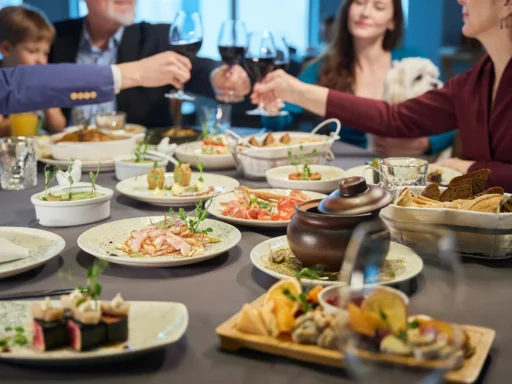In today’s fiercely competitive market, staying in tune with evolving consumer preferences and behaviors is not just beneficial but crucial for sustained success. Modern customers prioritize convenience, personalized service, and seamless experiences across all platforms—online and offline. Restaurants that overlook these expectations risk losing their customer base to more adaptable competitors who understand and cater to these changing dynamics.
Embracing Customer-Centricity
Customer behavior isn’t static—it evolves with technology and societal shifts. To quote Brian Solis, “Each business is a victim of Digital Darwinism, the evolution of consumer behavior when society and technology evolve faster than the ability to exploit it.” This highlights the importance of restaurants adapting swiftly to these changes to remain relevant and competitive.
The Risks of Inaction
Ignoring shifts in customer behavior can lead to significant consequences. As Jay Baer notes, “Make your customers the hero of your stories.” When restaurants fail to prioritize customer-centric strategies, such as mobile ordering or personalized service, they risk alienating a tech-savvy customer base that values convenience and efficiency.
Interactive Strategies for Success
Adopting Technological Innovations
Implementing mobile apps for ordering and payment can significantly enhance convenience and streamline operations. This meets the expectations of today’s on-the-go consumers who value speed and efficiency in their dining experiences. As Steve Jobs once said, “Innovation distinguishes between a leader and a follower,” highlighting the importance of restaurants staying ahead by integrating user-friendly technology.
Personalizing the Dining Experience
Utilizing customer data effectively allows restaurants to tailor promotions, recommendations, and service interactions. By making each customer feel valued and understood, restaurants can foster loyalty and increase customer satisfaction. As Maya Angelou aptly put it, “People will forget what you said, people will forget what you did, but people will never forget how you made them feel.”
Active Engagement
Fostering a sense of community through social media engagement and robust loyalty programs is vital. By actively engaging with customers, encouraging feedback, and rewarding loyalty, restaurants can build strong brand advocates and enhance their reputation. According to Seth Godin, “Instead of wondering when your next vacation is, maybe you should set up a life you don’t need to escape from.” This emphasizes the importance of creating a dining experience that customers want to engage with repeatedly.
Case Studies in Adaptation
Successful restaurants have navigated these challenges by embracing change. Domino’s Pizza, for instance, revitalized its brand by integrating online ordering and tracking, adapting seamlessly to the shift towards digital convenience.
Conclusion
In conclusion, ignoring shifts in customer behavior is a risky proposition in the competitive restaurant industry. By staying proactive, embracing technological advancements, and personalizing customer interactions, restaurants can not only retain but also expand their customer base. Remember, in the realm of dining experiences, adapting to meet evolving consumer expectations isn’t just a strategy—it’s a necessity for long-term success and growth.




